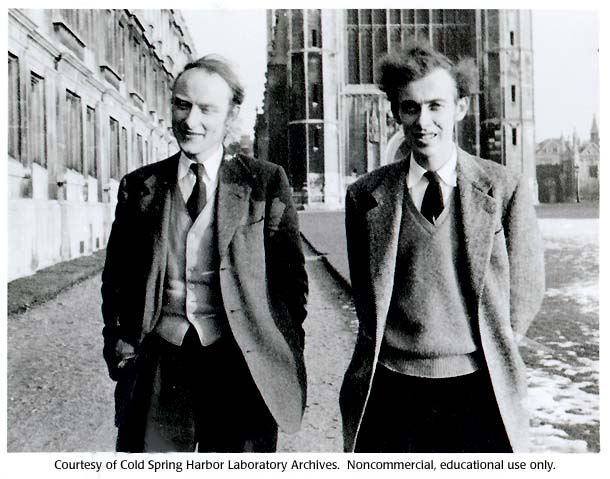Science Before 1953

Fast Folding, 2019, phsyicsworld
This is an image of a protein molecule. It looks very different from a DNA molecule.
When Deoxyribose Nucleic Acid (DNA) was mentioned people would know that it was in their body, and that it made them who they were. There was a considerable knowledge barrier between people in the 1940s, and the specifics of DNA. Most scientists actually thought that DNA was very simple. They thought that it couldn’t hold all of the information our bodies use to create different cells because of its simplicity. Therefore, a lot of scientists focused their time on other things instead.
For most of the first half of the twentieth century physics was the main focus in the field of science. Then in the 1940s-50s is when biology started to come into the picture. Scientists started to wonder about different topics involving heredity and genes, and that is where Watson and Crick come into play.
According to a NOVA article by PBS titled "Before Watson and Crick" it says, “Protein was far more interesting to geneticists than DNA because there was a lot more of it and also because each protein molecule is a long chain of chemicals, of which 20 kinds occur in living things. DNA, in contrast, contains only four kinds of the repeating units called nucleotides."
"Watson and Crick - they're the guys who first figured out that famous spiral structure of DNA. Before they came on the scene, no one knew what that important molecule looked like."
~ Adam Cole, NPR

Gallery 19: James Watson and Frances Crick, 1951-1953, Cold Spring Harbor Laboratory
This is an image of Watson and Crick at the Cavendish Laboratories where they studied.
Watson was born in Chicago, Illinois. He was a young, new scientist ready to learn. Crick was born near Northampton, United Kingdom. He was a little older, and had a little more experience in physics. They were two different people who would soon meet and together make a discovery that would change science forever. They both studied at the Cavendish Laboratories in Cambridge, England. They met and realized that they could work together to figure out “the secret to life” as William Bynum calls it in A Little History of Science. In this book there is information on a man named Linus Pauling who made a suggestion in 1952 that DNA molecules were in the shape of a triple helix. This shape looks like three strings that are twisting around each other. Watson and Crick wanted to prove Pauling wrong, so they created a different idea.